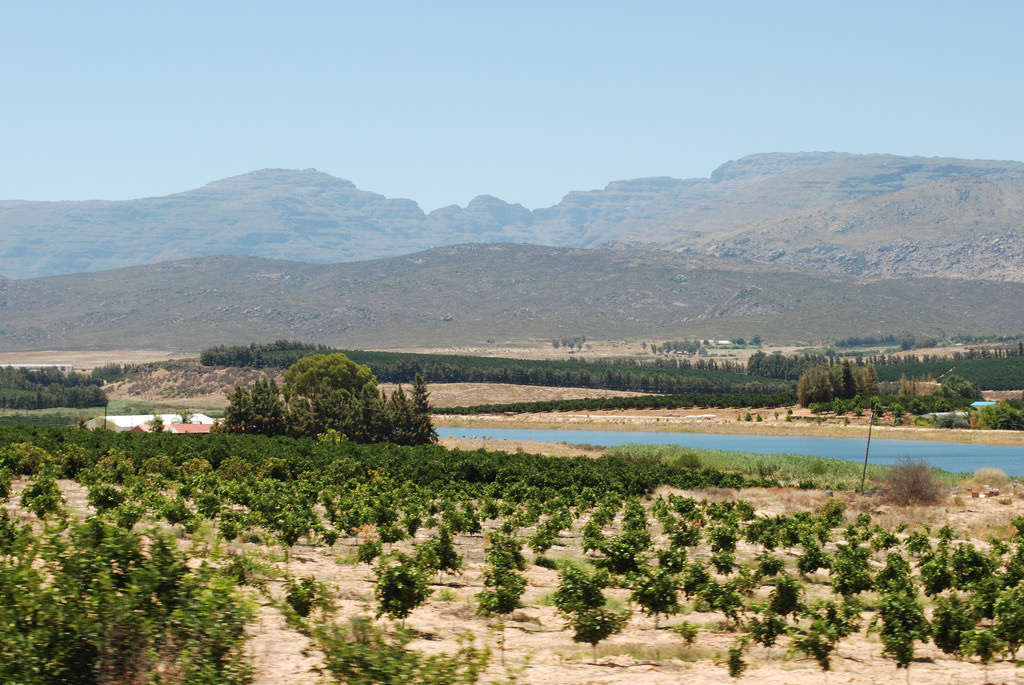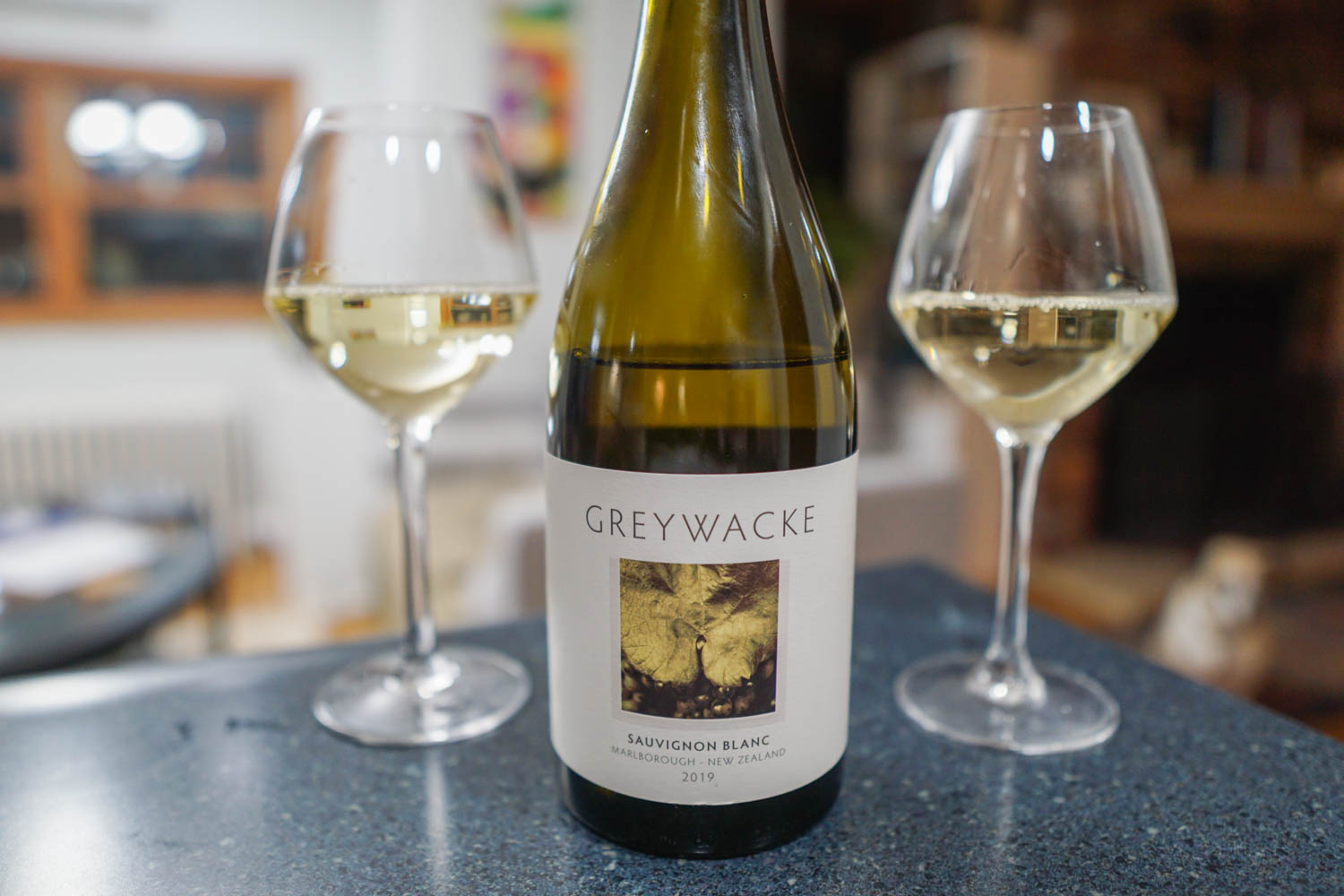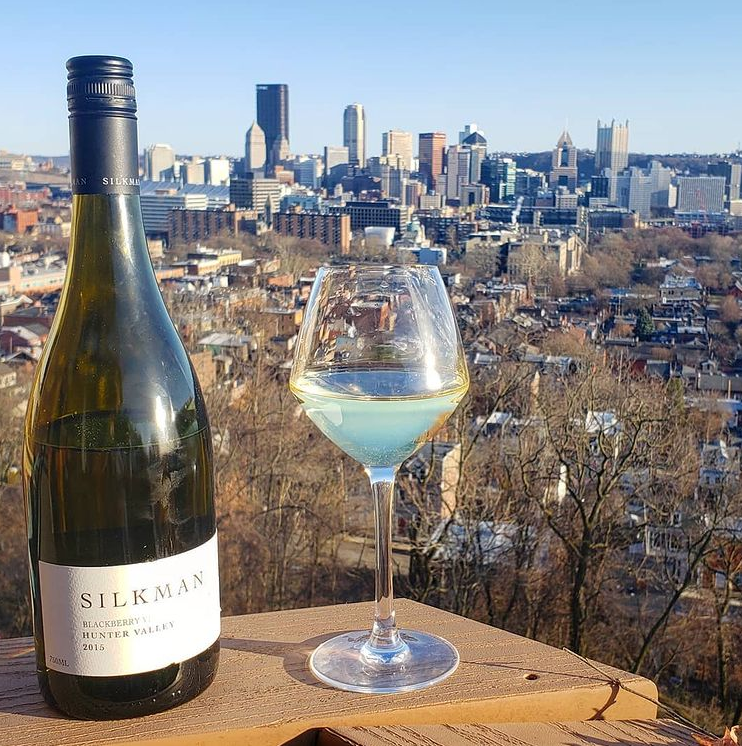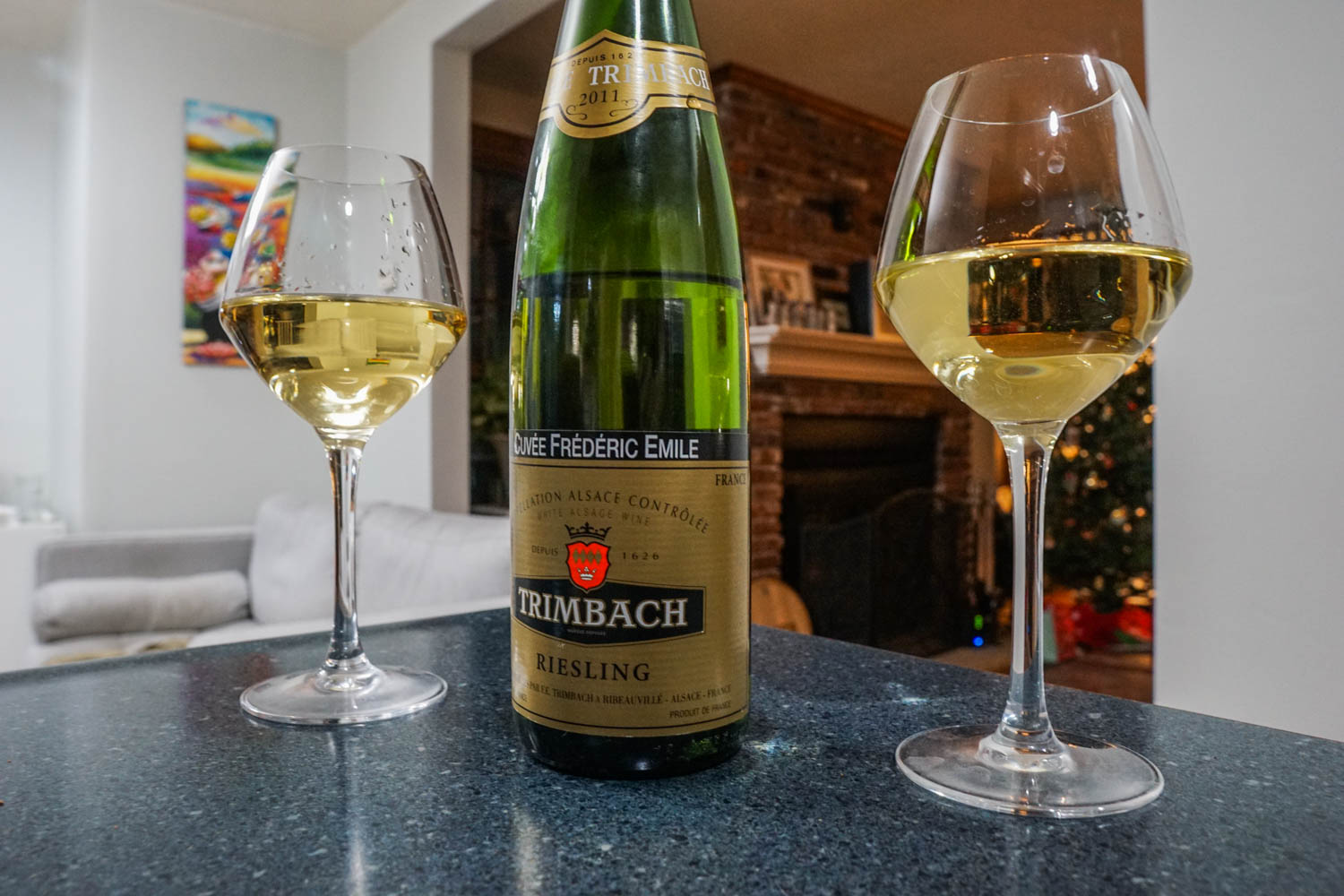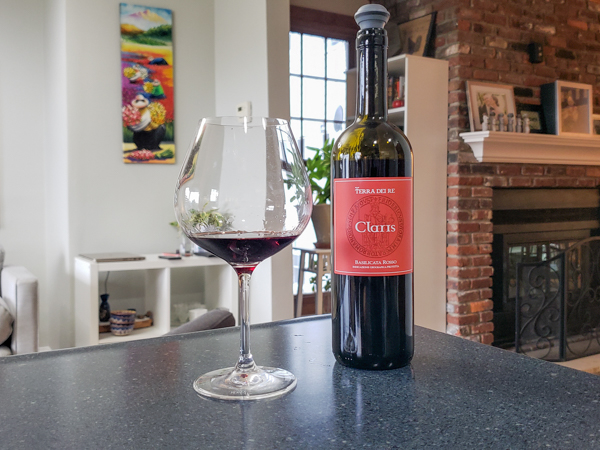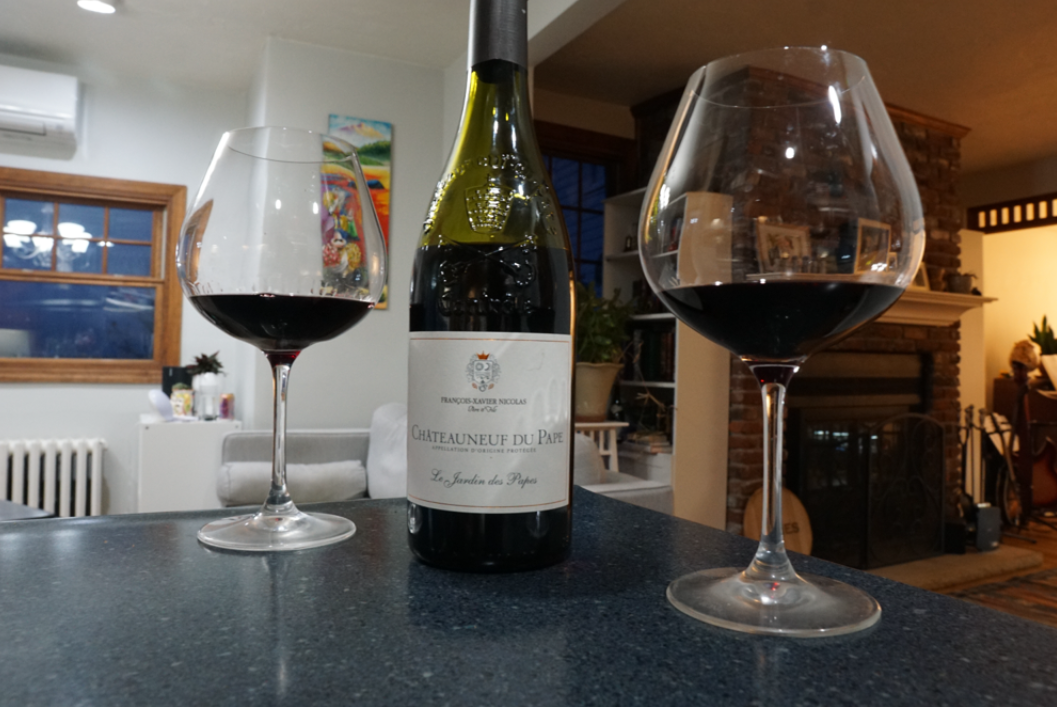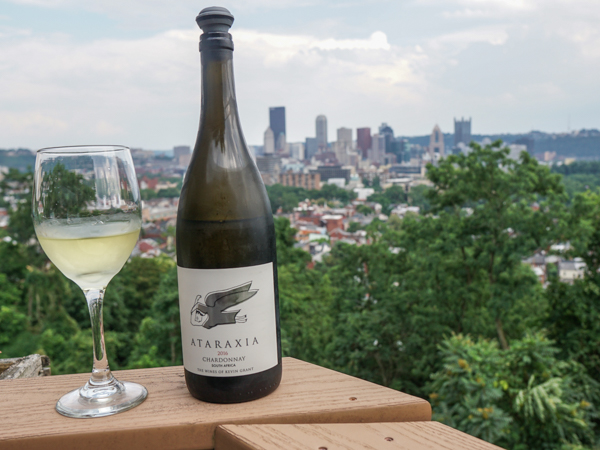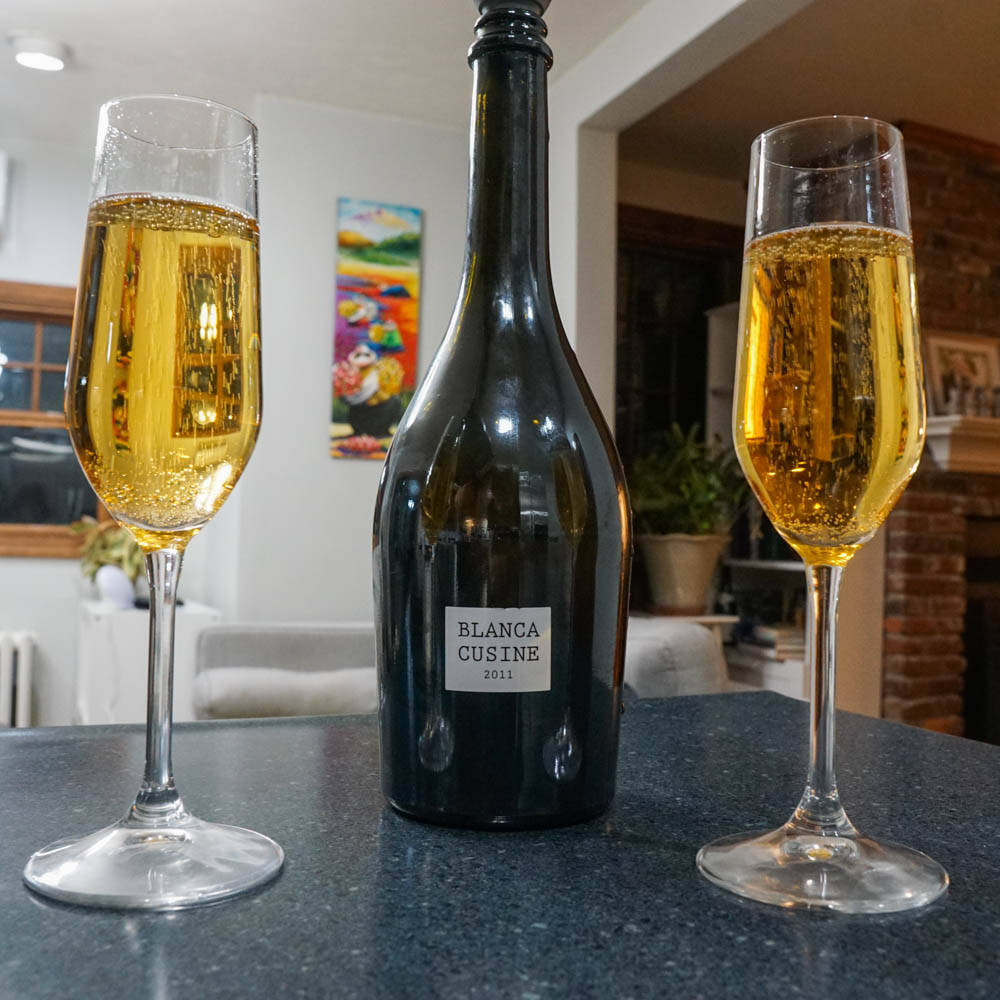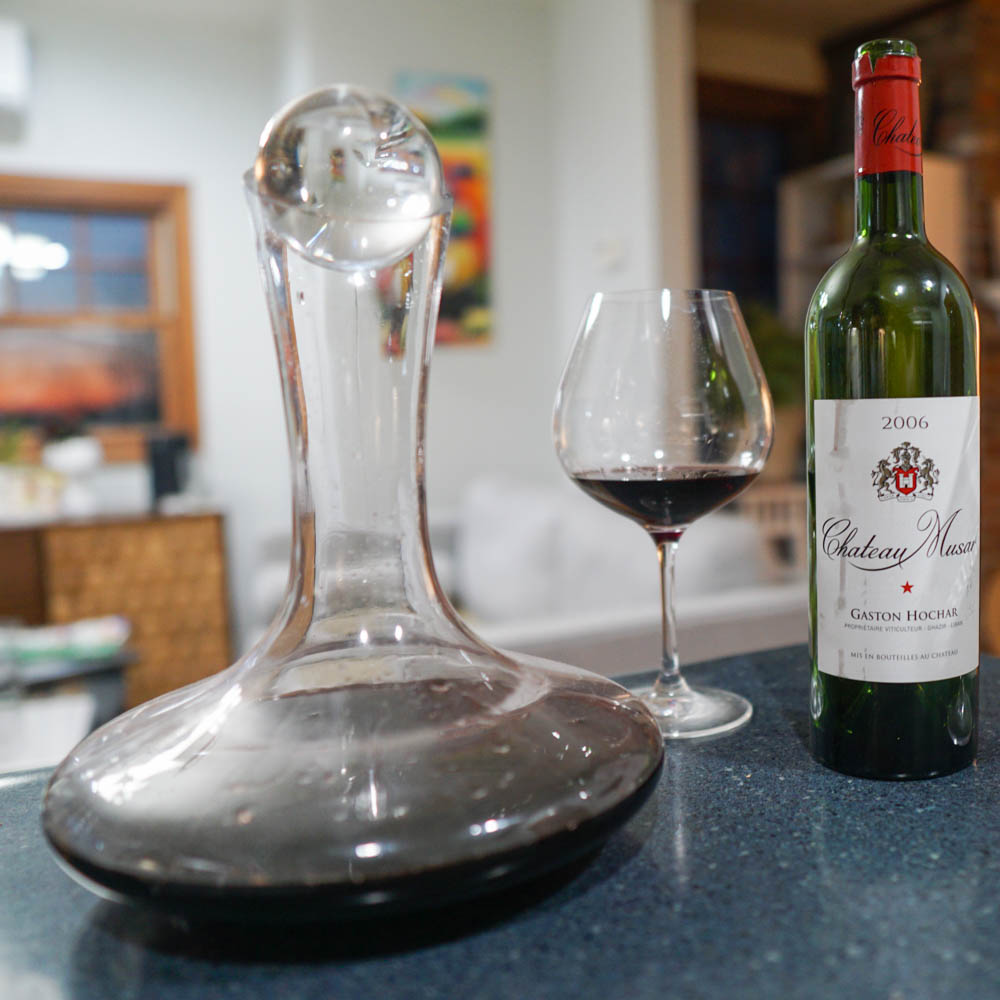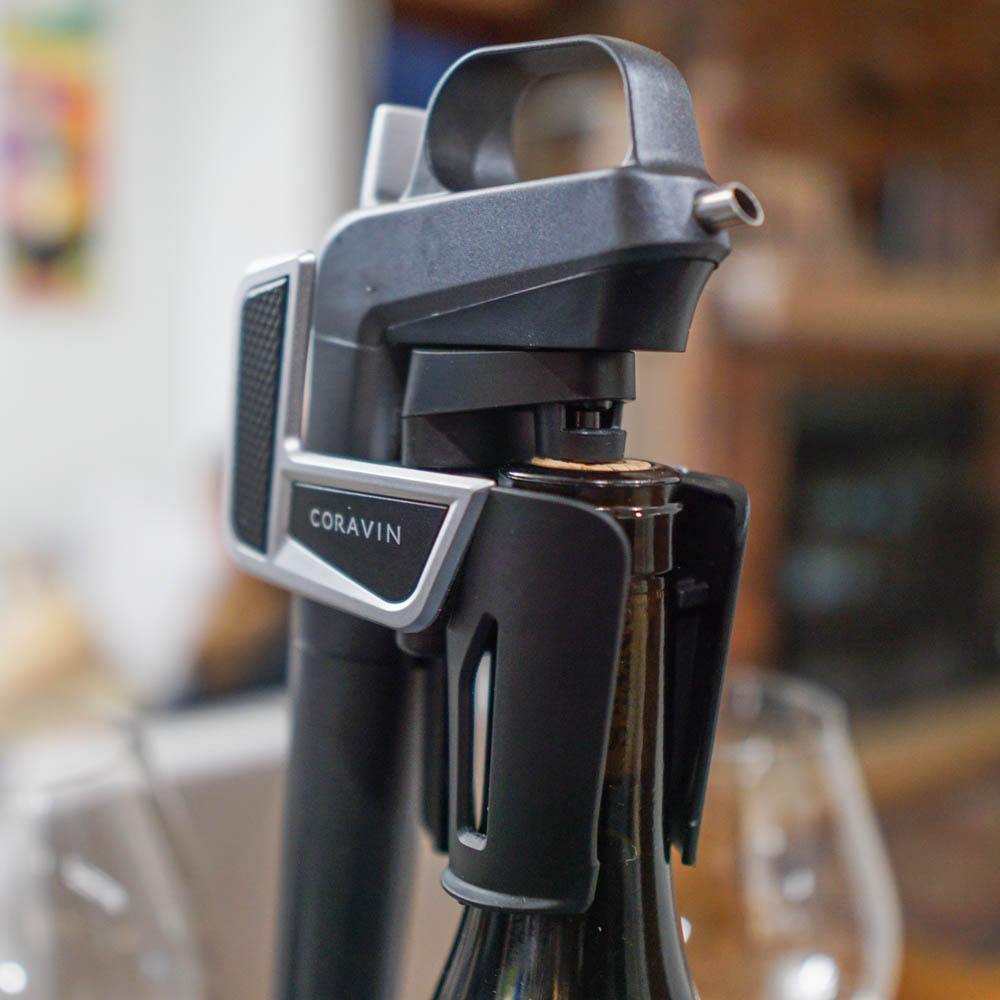Published by Jeremy.
Disclaimers: We use demographic data, email opt-ins, display advertising, and affiliate links to operate this site. Please review our Terms and Conditions for more information. This website is intended for those of legal drinking age in your jurisdiction.
Our quest here at The Grape Pursuit is to try every commercially available wine variety in the world, and you can imagine that we do whatever we can in order to taste new grapes. This includes ordering them online at places like Wine.com, browsing obscure stores and the “other international” shelves larger wine stores, and even ordering from wineries directly to name a few.
As part of our quest here is to understand flavor expressions in the 1,300+ grape varieties that can be found around the world, we're also all about tasting varietals in different geographies and terroirs as a tangent of that. Naturally, we experienced this quite a bit in our WSET Level 2 and Level 3 classes which focused on roughly 30 and 100 grape varietals respectively (many of which were new to us outright) and how they develop in different regions around the world.
Since we got to go on a deeper dive into select grapes in these classes, we started to appreciate a few unsung varieties as well as regions we didn't know very well at the time.
In this one, we wanted to highlight a few grapes and regions we learned that we loved (or for ones we liked prior to the start of the class learned why we love them) as the result of taking our WSET classes.
New Zealand Sauvignon Blanc
As far as Sauvignon Blanc is concerned, it is an incredibly popular grape that is grown all over the world. While we could make an argument that places like Sancerre in the Loire Valley are perhaps the most famous for this varietal, it is really the expression of the grape that we've tried in New Zealand (specifically in places like Marlborough) that really made an impression of us.
Part of this is is because the moderate climate allows the grapes to ripen quite well. The high acidity and herbaceous (grassy) qualities of the wine are pared with fruit flavors that run the spectrum from citrus all the way to tropical. As other expressions of this grape can be more on the citrus fruit and floral/herbal side (looking at you lower-grade Sancerre), we really enjoyed the fact that some New Zealand bottles we had were more intensely pronounced on the tropical side of things.
Because let's be honest, whenever you can get mango and passionfruit flavors in a glass I will be here for it.
French Semillon (as Sauternes) and Australian Semillon (as Dry)
Semillon is an interesting grape as most people likely know of it going into the world-famous botrytized wines from Sauternes (along with Sauvignon Blanc). We hadn't had a lot of this wine until starting our WSET classes (read: cost) but absolutely adore how noble rot can concentrate sugars in white grapes and bring out flavors like honey, dried fruits, and more.
But perhaps what was most interesting in WSET was that we also learned about the dry styles of Semillon coming out around the world, specifically in places like the Hunter Valley of Australia. Here, the grape can make wines that run the spectrum from simple table wine to fine ageable wine and even the botrytized dessert wines as well. Not that many grapes can claim that versatility!
So although we'll stick a bit more to the botrytized dessert wines from this particular grape, it was a fascinating one to us because of how versatile it can be in wine production.
Riesling from Alsace, France
I didn't need to take a WSET class to know that I love Alsatian Riesling. For years, I knew that I enjoyed Riesling from this particular region in France more than just about anywhere else.
What I did not know, was why I liked it so much.
If you think of where Alsace is on the map, you would think it'd be a cool climate where grapes can only ripen so much. It is quite north on the map, after all. But in the WSET classes, I learned more about how the mountains to the west of Alsace, the Vosges Mountain Range, help cast a rain shadow effect over the region. Effectively what happens is the mountains help minimize the cloud cover in Alsace coming in from the west and facilitates more sunny days than elsewhere in the country.
This means that the grapes can ripen much more than you'd otherwise expect. For Riesling, this means the grape can thrive and achieve the wide spectrum of flavor profiles that we absolutely adore.
Aglianico from Campania, Italy
Have you ever had a wine that has notes of smoke and wild game? Aglianico from southern Italy is as much of a savory wine as it is a fruity wine- especially as it ages.
But where we are used to savory notes in wine coming from vegetal flavors, often due to the grapes being plucked when not fully ripe (which we don't particularly like), Aglianico's savory notes are purely a characteristic of the grape and its respective age in the bottle. Where some reds like Pinot Noirs get mushrooms and forest floor, Aglianico gets smoke and meat.
To practice for my Level 3 exam, I ended up buying two bottles of Aglianco from the store, one young and one about a decade old from Taurasi, and really got to see the differences side-by-side first-hand thanks to sampling via my Coravin. This grape is not for everyone as smoke and game flavors can be quite intense (consider it an acquired taste), but when you have it with the right pairing, oh my- it is hard to beat.
Syrah and GSM Blends from the Rhone Valley
I'm one of those people that was never too fond of French wine (apart from a good Champagne or Alsatian Riesling). One reason for this is that I simply hadn't had enough yet to know there were regions I really like, but also because good French wine is priced accordingly- finding a stellar bottle for cheap is an outlier and that is being generous.
As we dove more into drinking French wines, our palates gravitated to the Northern and Southern Rhone regions.
For me, I've never had a Syrah as good as the ones in the Northern Rhone– particularly from regions like Cote Rotie, Hermitage, and even Crozes-Hermitage. These spots get baked in sun and allow this grape to ripen amazingly well and it shows in the glass. Why had I not had any before? Well, I've never seen an Hermitage cheaper than about $75 (if I can find them at all), and even the lesser-rated region of Crozes-Hermitage comes at a rather high price point often north of $40 (some can be found a bit cheaper, but $40 always seems to be a threshold for where French wine starts going from alright to quite good).
These are, if you can afford it, money well spent compared to other regions.
By extension of that, we also came to find that we like GSM blends from the Southern Rhone regions like Chateauneuf-du-Pape. Wines from this region can have over a dozen grapes in them, but stylistically they (and others from other AOCs nearby) are blends of Grenache, Syrah, and Mourvedre. If you think Syrah is a bit too intense, pick up a blend with a higher Grenache percentage. If you want more tannin than even Syrah provides, find one with more Mouvedre as it packs an even bigger punch.
These are simply fun because they can be quite varied all while being, in our opinion, delicious for the price.
South African Pinotage
If we like Aglianico because of its game and smokey characteristics, then it would not be out of left field to say we like Pinotage for its chocolate and coffee notes. Yes, you read that right- chocolate and coffee flavors in red wine.
Pinotage is a crossing between Pinot Noir and Cinsault that is widely grown in South Africa, and when it is supposedly fermented with a certain yeast and matured on charred oak it can have a rather vivid profile of these two unusual characteristics (winemakers may opt not to do this, of course, so you would do well to look up flavor notes on apps like Vivino before buying).
As a bourbon drinker, these are some of the flavors I love and thought it was absolutely incredible to find in a wine. When you get one that is intense in coffee and chocolate, oh my will you know it!
South African Chardonnay
Our favorite Chardonnay does not come from Napa. Nor does it come from Burgundy. Some of the best Chardonnays we've ever had come from South Africa.
It took us taking WSET to really be able to articulate why South African Chardonnay strikes our fancy, and it has to do with the temperatures of the region (moderate) as well as the winemaking choices for MLF and oak use.
To us, the two worst things we can ask for in a Chardonnay is for it to be simple (read: citrus fruit) or overly oaked. In South Africa, the climate is moderate and the grapes tend to stray more towards stone fruit and tropical territory, and the winemakers are a bit less aggressive in their use of MLF and barrel aging than they are in more famous regions (yes Napa, we mean you).
That is not to say that we haven't had intensely oaked bottles from South Africa, or you won't find wines that are only citrus fruit-forward here (you will), but just that to our palate some of the wines we've had from producers in this region hit the right balance.
Oh, and there is also the price. A $25 Ataraxia Chardonnay or a $45 Hamilton Russel Chardonnay blows us away from any comparably priced bottles we've had from Napa or Burgundy. Why spend $80-$100+ when $25-$45 is just as good if not better? Another point for South Africa!
The Common Connector Between Them is Climate
Overall, perhaps the biggest takeaway we had from our WSET classes is not so much on any given varietal specifically as so much as how the climate of any given region impacts what ends up in your glass. One of the common connections between many of the above regions is that they are moderate to warm climates- not too cool nor too hot.
I found that many grapes in cooler climates tend to be quite acidic as the sugars don't develop as well. These often stray towards green and citrus fruits in white wines and simple red fruits like cherry and raspberry in red wines. These serve their purpose in food pairings, of course, but at the same time, you can plant some of the same grapes that do well in cool climates in moderate to warm climates (think, Chardonnay) and then get more stone fruits and tropical notes to be expressed as well (the same is true for some reds when darker fruits come out as well).
Personally, I find these wines to be far more fascinating and complex in a tasting.
On the other side of the spectrum, wines that are grown in hot climates can have significantly reduced acidity as more sugars develop in the grape (often meaning higher alcohol in the final product). These grapes can grow thicker skins often come with higher tannin. Finally, if they are picked too early as a means to retain more acid you could possibly get more vegetal notes in the glass as well.
Generally speaking, I don't like any of that, and from the classes, I can articulate it better than I could before.
Overall, this takeaway is what I love the most about WSET classes. Not only did we discover new grapes that we like in a broad sense, but we were able to really dive deep in understanding why these grapes grow where they do, what that means for flavors in your glass, and how that translates to our own tastes as well.
Now we need to discover more moderate to warm climates and the unique grapes that grow within them!
Upgrade Your Home Wine Bar
Need to upgrade your wine bar? Grab some new wine accessories:

